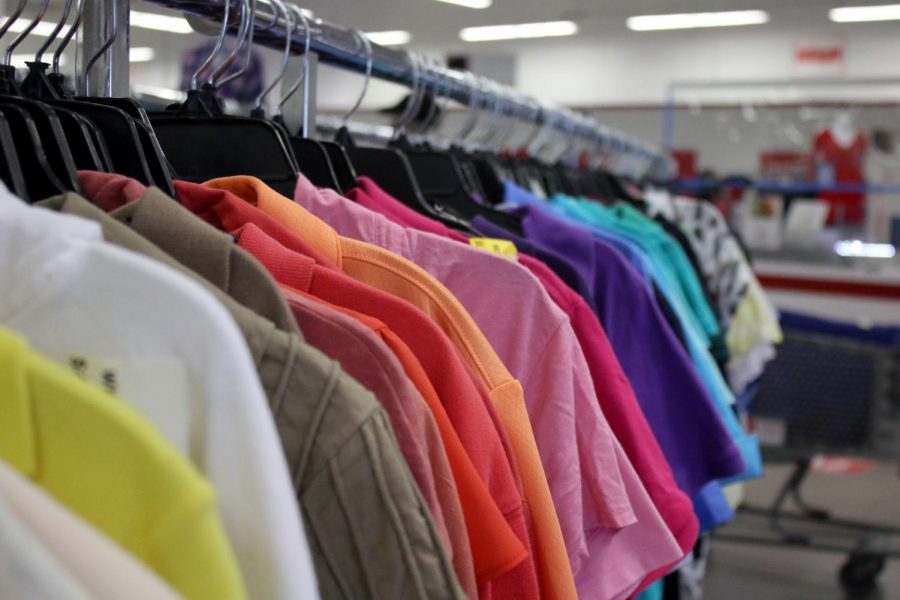Opinion: The ethics of thrifting
In the past few years, thrifting has gained mainstream popularity as a trendy way to diversify people’s wardrobes. Thrifting has become a favorite for many, as options are cheap, unique, vintage and can be upcycled or modified. Additionally, thrifting can be a group activity for friends to spend hours together searching the racks for hidden gems.
While it can be a fun, eco-friendly shopping option, there are other things to consider — emptying out thrift stores for the mere purpose of being trendy can harm those who rely entirely on thrift stores for affordable prices. As there are both pros and cons to thrifting, one question remains: is thrifting ethical?
Here are a few major points to help answer that question; hopefully this can help you decide for yourself whether you view thrifting as an ethical shopping option or not.
Environmental consciousness
As an aspiring environmentalist, the idea of thrifting is right up my alley. The production of new clothes creates carbon emissions and requires huge inputs of water, so buying second-hand can be a great way to reduce our carbon footprints. Through buying second-hand, the demand for new goods is lessened, reducing emissions created and resources consumed. Thrifting has also helped in combating fast fashion, pushing companies to produce their products in more environmentally-friendly ways. In addition, if consumers regularly donate old clothes to thrift stores rather than throwing them away, clothing items in landfills are reduced, helping decrease methane production.
Taking from the less fortunate
While thrifting is seemingly ethical from an environmental standpoint, we have to remember who thrift stores are created for: less fortunate families with lower incomes. Thrift stores are intended to provide goods to these people, but have been increasingly cleaned out by fortunate individuals who shop at thrift stores as a trend. From this standpoint, thrifting begins to look more like stealing from those who are unable to purchase newly produced goods. However, if wealthier or middle class shoppers buying from thrift stores contribute to recycling and donating clothes, this can help make sure stores are fully stocked and have available options for those who are unable to shop elsewhere.
Reselling thrifted pieces
In addition to the growing popularity of thrifting, the reselling of thrifted items has also increased. Personal marketplaces, such as Depop and Poshmark, have gained popularity for reselling thrifted items at much higher price points. Buying clothes meant for less fortunate people to make a profit exploits those who donate and robs people in need.
All in all, I would say thrifting is an ethical option for finding cute, affordable clothes. If more fortunate people who shop at thrift stores continue to donate and contribute to the stores, we can help keep supplies high and options available for lower income shoppers. While thrift shopping is an environmentally responsible way to partake in fashion trends, reselling thrifted clothes at higher prices is not ethical and steals supplies from those in need.

Senior Andie San Luis is the editor-in-chief and this is her second year on staff. She spends copious amounts of time on Spotify, plays the french horn...



